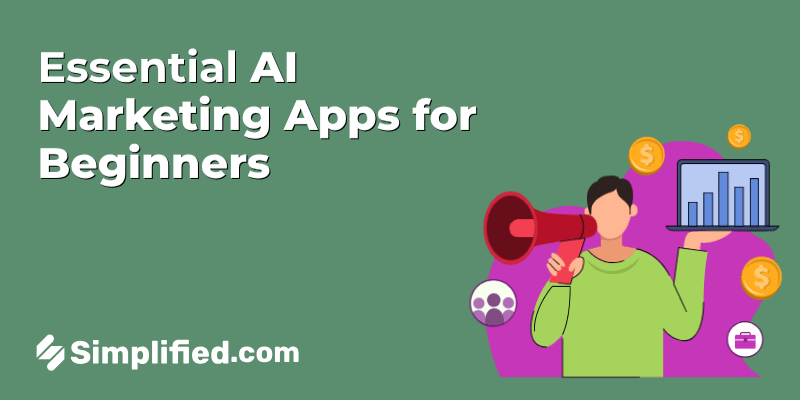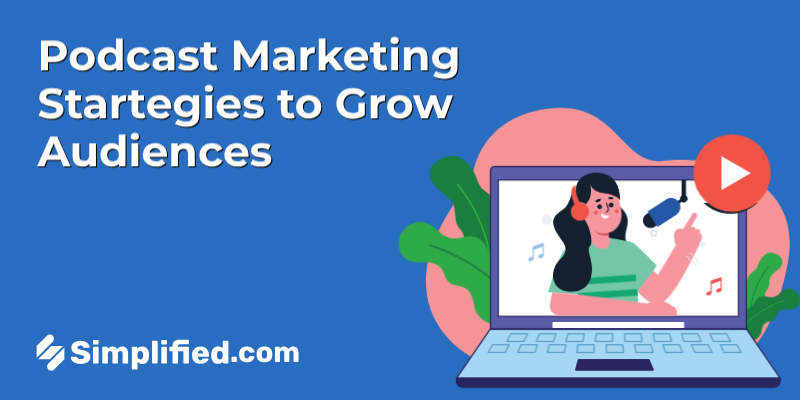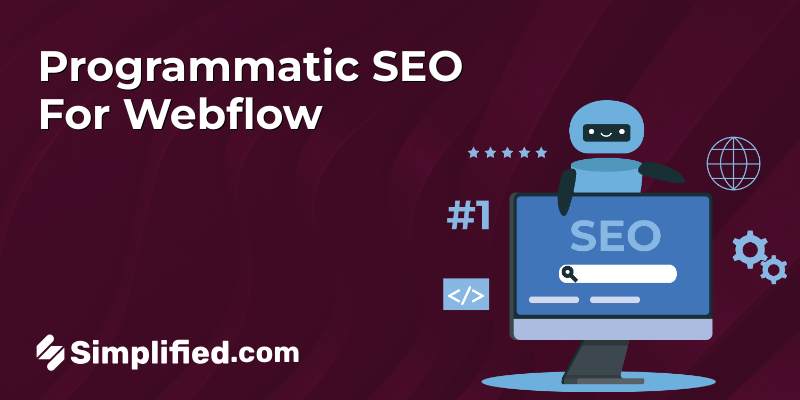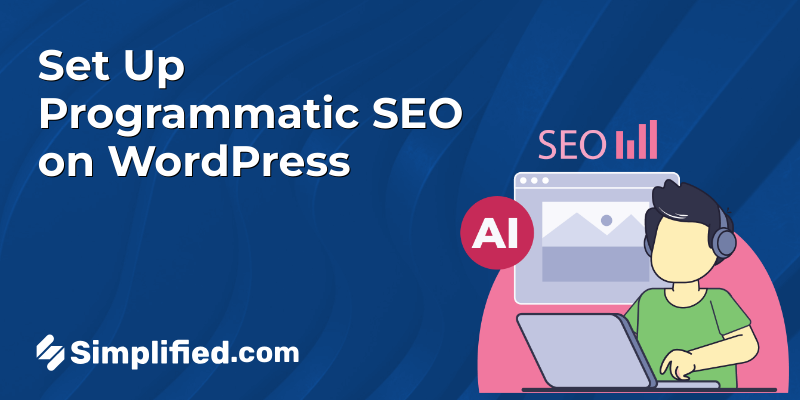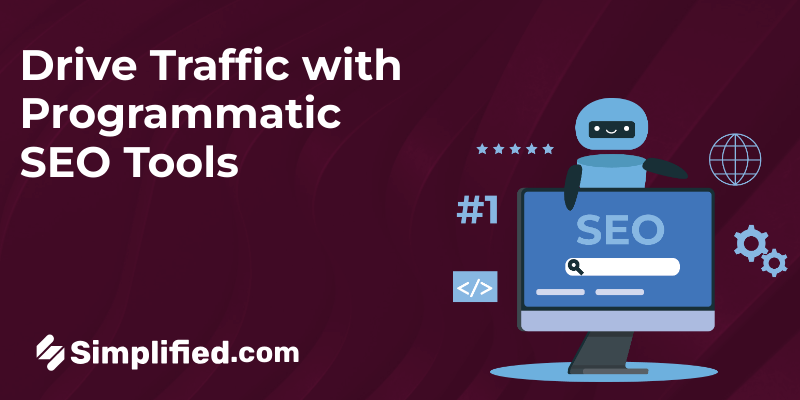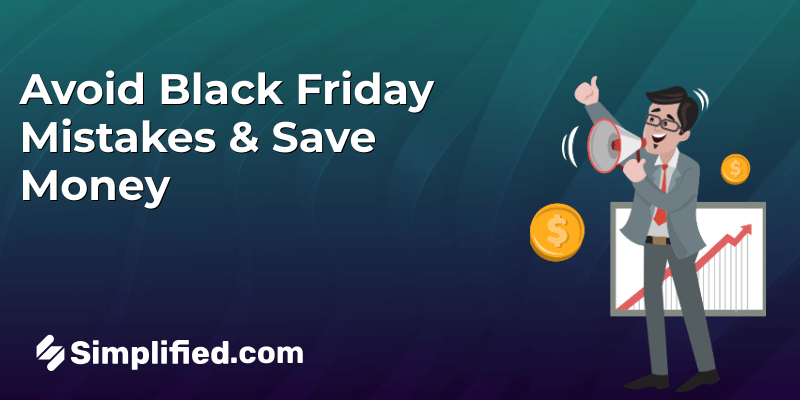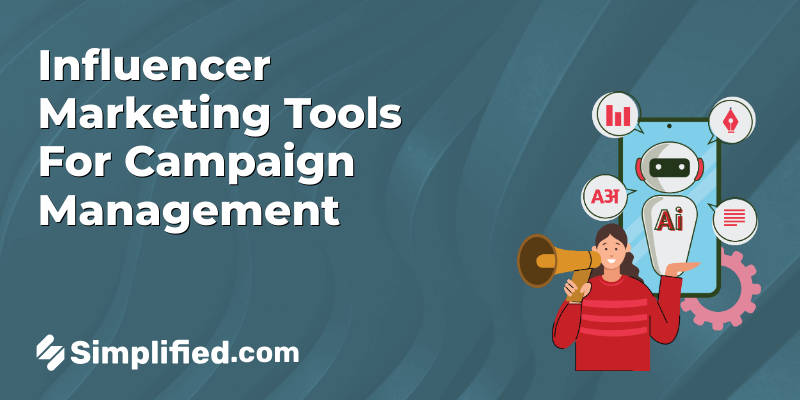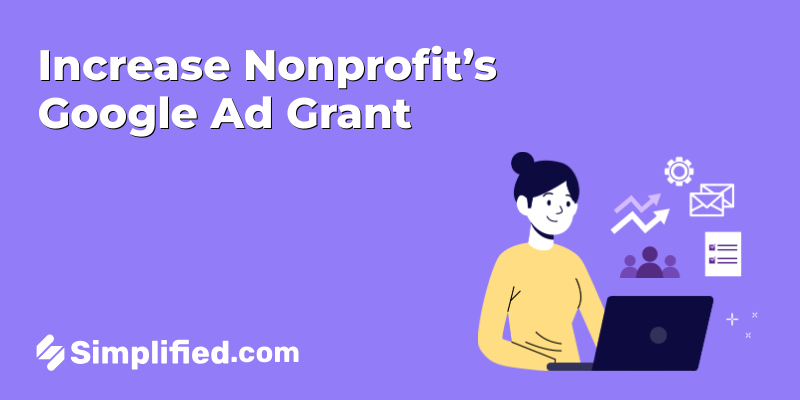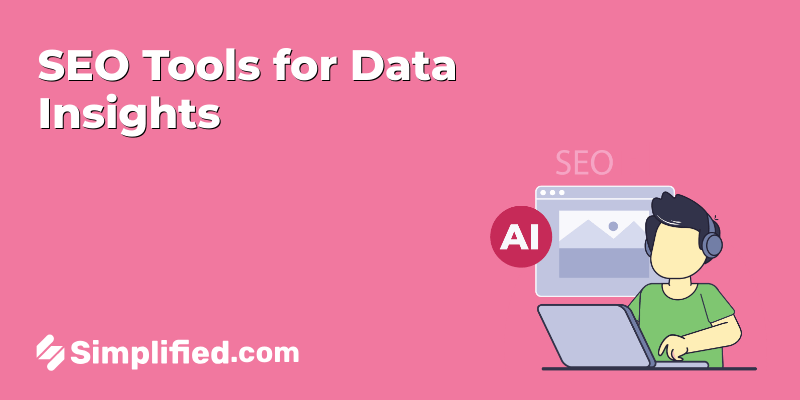Taylor Swift can get on stage and sing her heart out, knowing millions of ‘Swifties’ all over the world have her back. Her super-engaged community shuts down trolls and haters while showing up to support her musical vision. The same goes for Queen Bey (and her fandom – the ‘Bey-hive’), Lady Gaga ( who calls her fandom ‘Little Monsters’), and so many others. So how to build an online community along the same lines for your brand?
Converting an ‘audience’ into a community makes its members more connected to your messaging and to each other. What emerges is a network or a community that engages with your brand at a deeper level and champions it both online as well as in the real world.
How Do You Build an Online Community?
Here’s the difference between audiences and communities.
Audiences passively consume content provided by a content creator or an artist. This could include listeners of a podcast, followers on social media, readers, and subscribers. The messaging, information, and activity only go one way.
A community involves more interaction. It’s when audiences consume content and respond to it in various ways. They may connect with other members of the audience or use the content to create value in some way. Chat forums are a good example of a community. Platforms like Discord servers, Facebook groups, and so on. Here, members of the community may even continue to interact and function without the presence of the creator.
Somewhere between passive content consumption and active community interaction is an engaged community. Audiences that lie in this grey area have a strong sense of community and feel like they are part of something bigger than themselves. These people are motivated to engage in your vision and support your goals. Creators or artists prompt intentional interactions with their communities to stay plugged into their vibe. They are able to give members of their communities a platform to make them feel heard and appreciated. This further increases the engaged audience’s rapport with the brand/creator.
How to Build an Engaged Online Community?
When you build an online community, you’ll notice that there’s no substitute for hard work, consistency, and showing up for your followers. It takes time, patience, and authenticity. But it’s completely worth it!
1. Give your community something to rally around
In a big way or small, mobilize your community to put their weight behind a movement or to support a cause. A collective effort is a great way to make an impact. It doesn’t have to be extremely effortful, but could be something as small as giving a small business a shout-out or helping an account reach its goal. It makes it a win-win situation all around – the recipient of this act is pleasantly surprised, and it gives members of the community satisfaction to know that they can bring about a big change in someone’s life/career.
2. Get your audience to contribute to content creation
Rather than creating a one-way street scenario in terms of content creation, get your audience involved! Ask for their opinions on certain matters relevant to your business/brand, prompt them to consider debates, and encourage them to reach out and ask questions. Make these interactions part of your content. For example, Gary Vee, a creator with a huge community following online, used to answer questions from community members on his YouTube channel at regular intervals.
You could also give shout-outs to specific members of the community for their contributions or address feedback you’ve received from audiences in relation to your content. Doing this makes members of your community feel seen.
3. Give your community a name
We saw above how wildly successful celebrities with highly engaged communities have named their following. It creates a comfortable sense of community to have a name. Identifying with this name makes members feel like they’re part of a larger movement or group. If you’re worried about not being ‘big’ enough a name to start doing this, you should know that people or brands with followings of various sizes have done this. Gary Vee (and his Vayniaks) did it before he became famous. It’s not about how big you are but how connected you are to your community.
Related: The 9 Best Portfolio Websites For Showcasing Your Work in 2023
4. Offer up your platform to your community
Amplify a voice from your community. This doesn’t have to necessarily be for an ethical cause, it could be more light-hearted, like wishing someone luck for their exam or singing happy birthday to someone. For example, when Gymshark had a billboard at Times Square, they didn’t go in-house for content. Instead, they offered this treasured piece of marketing real estate to their followers. The best-liked comment would be up on the billboard! They ended up trending #2 on Twitter and showed their community how much they meant to them. This is a great building block when you build an online community.
5. Give your community a chance to shape your brand
Welcome feedback on projects you’re working on, ask them to choose between design styles or take their input on some of your decisions. This could be through surveys, polls, or even community calls, if possible. Let them know that you’ve taken their opinions to heart and implement them whenever possible. This will make your community feel like they’re part of your history. When they feel personally connected to your brand, it fosters a powerful bond.
6. Be honest and real
One of the crucial factors on how to build an online community is relatability. It plays such a huge role in connecting with a community. You cant buy the connection that people form with a brand through relatability. And showing them your rough edges is as real and human as it can get. Rather than building up the people behind the brand as mega humans, share more authentically. Weaving in team members’ real personalities gives your community figures they can hold on to. So they’re supporting more than a brand – they’re supporting the people behind it.
7. A vision to work toward
This doesn’t necessarily have to be an ethical cause. It could be any achievable goal. From getting your community to a specific number to drawing like-minded individuals working toward a common goal. Just ask yourself how you could frame the goal to make a compelling case and get your community on board with it.

Use Simplified to access all the tools you need to build an online community!
Get started for FREE today!

